Residential Lazy River Cost & Design Guide
Imagine floating effortlessly through your own backyard oasis on a warm afternoon.
6 min read
Leviticus Jelks
:
Updated on June 17, 2024
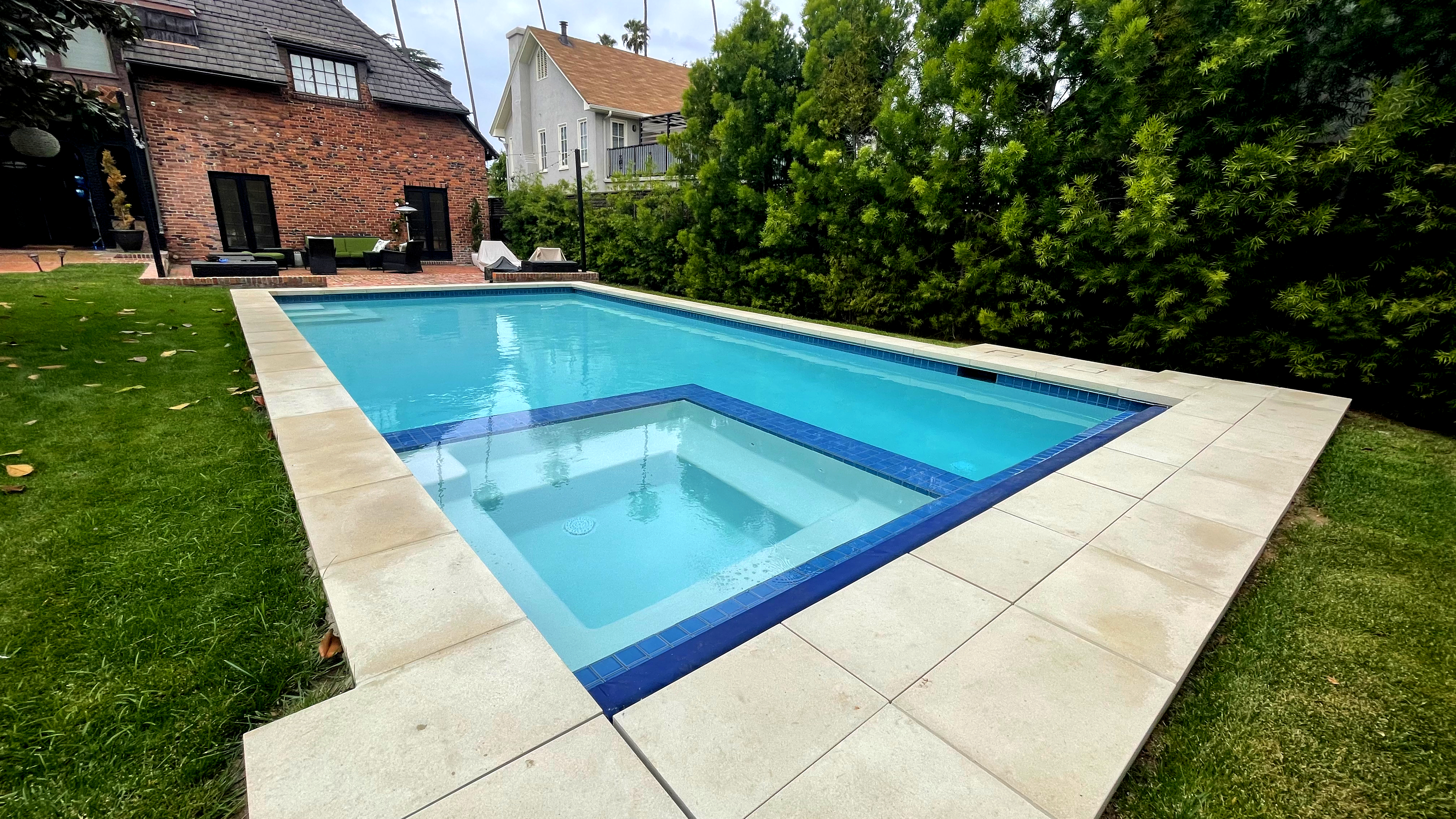
Have you ever dreamt about swimming in a lake in Michigan and seeing the sparkle of the pebbles on the bottom floor? How about dipping your feet in the vibrant blue waters of the Caribbean that reflect the pearly white sand?
You’re about to start the process of building your pool, and you want to capture the same beauty of the water you see in nature.
The good news is that you can, with the right type of plaster finish.
The challenge is deciding which one.
With the increasing variety of plaster pool finishes on the market, it can be overwhelming to select which one is right for your pool.
For 14 years, J Designs Pool and Spa has helped render all different types of plaster for our clients’ pools, from basic white to colorful pebbles. Each one has enhanced the beauty of their backyard oasis but are not without their benefits and drawbacks.
After reading this article, you will have a deeper understanding of the different types of pool plaster finishes, their pros, and cons, and their qualities. That way you can decide for yourself which one will be perfect for your pool.
You are one step closer to building a pool that Mother Nature herself wouldn’t mind taking a dip in.
Let’s get started!
Plaster, a mixture of white sand, white cement, and other types of additives, is the final coating that will be applied to your pool surface.
That makes it the most visible aspect of your pool, contributing greatly to its overall appearance. So without it, a pool will look incomplete.
Did you want to swim in that Michigan lake or the Caribbean sea? The color of your plaster can determine that, especially when the sunlight hits the water.
By being used as a finish coat, the type of plaster you select can also determine the way your pool surface feels to the touch. Is it rough? Is it smooth? Is it slippery? All of this depends on the plaster finish.
One thing to note, which is common with all types of plaster finishes is that they are the surface that has the most contact with water, so they are susceptible to harmful water chemicals.
Well-rendered finishes can stand the test of time a lot longer than ones that are not properly applied. However, they can still be subject to spots, fading, and cracking due to bad water chemistry.
In these instances, it’s best to get ahead of the issue and immediately contact your pool technician for an inspection.
Now that you know how important plaster finishes are to the look and health of your pool, let’s get into the different types available and their pros and cons!
Basic white plaster is the OG of all plaster finishes. It was the first to originate with pool building and is the base of all subsequent finishes that followed after.
Being a top choice among homeowners, white plaster maintains its popularity because it gives the classic pool appearance. Even though it is white, it is reflective of the sky and will give your pool water a dazzling blue hue.
Even on cloudy days, the pool water, while not a bright blue, will still give off a satisfying blue-ish tint.
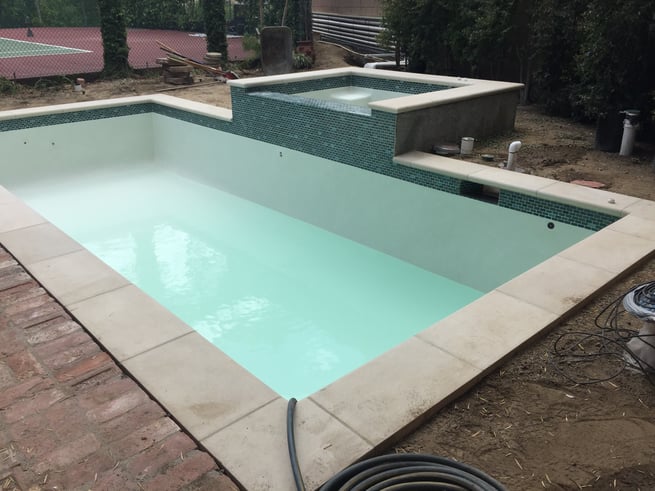
Depending on the look that you want for your pool, white plaster can even be colored with mineral tints so that the color of the pool water can shift and give that natural look of an ocean or a lake.
White plaster gives a classic and elegant finish to any pool. Being able to be dyed, it also has a transformative quality being able to mimic water color found in nature.
This smooth-to-the-touch finish is also the most affordable of all the plaster finishes and has strong durability when properly rendered.
Because it is subject to water chemicals, white plaster can lose its brilliant white tint over time. It may even stain and become blotchy, which can be very noticeable and detract from the appearance of your pool.
This can even apply to colored white plaster, which can also fade and change its appearance over time.
Think of it like washing your favorite blue jeans over and over for years, and adding chlorine to the water. I’m sure they won’t look as good as when you first put them on.
The upgraded option from traditional white plaster, aggregate plaster is an umbrella term that refers to white cement mixed with naturally occurring materials such as quartz, pebbles, and even seashells.
These pre-manufactured aggregate plaster options come in different sizes and colors and are a popular choice among homeowners because of the pristine look it gives to their pools while still giving a sense of natural beauty.
Because aggregate plaster is made from more durable materials like pebbles and quartz, they offer a much harder surface to your pool. This considerably limits any damage that harsh water chemicals might give.
But how does it feel?
After reading that aggregates are made from stones and pebbles, your head is probably focused on your feet. After all, who wants to walk on rocks?
With aggregate finishes, they are polished and smooth upon application, making it a surprisingly comfortable surface for you to walk on. They are also slip-resistant.
So what are the different types of aggregate finishes?
This aggregate is a mixture of cement and added quartz chips that can be coated in different colors. Their predominant base color is white, or light blue.
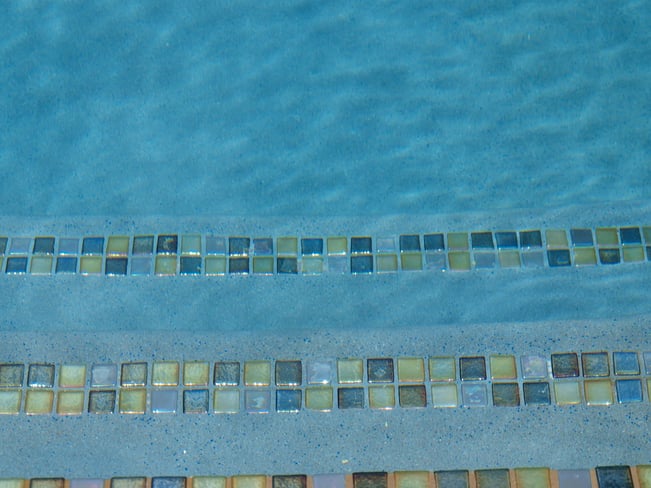 Photo Courtesy of Wet Edge
Photo Courtesy of Wet Edge
Because this aggregate comes in a variety of colors, it can give transformative hues to your pool, really making it stand out above the rest!
As far as aggregate finishes are concerned, quartz is the most affordable.
With quartz additives, this plaster finish is extremely durable to long-term exposure to harsh water chemicals.
While still smooth, the small quartz pieces can be pretty sharp and the texture can cause discomfort if walked on for a long period.
Just as the name implies, this aggregate is mixed with cement and small round glass beads.
Since the sun reflects more on glass, this is probably the most aesthetically beautiful out of all the aggregate options. It gives your pool more depth and the effect makes your water look vibrant and glittering.
You ever realize how the sun can transform a darkened stained glass window?
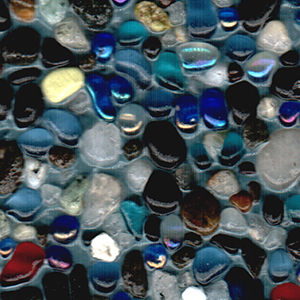
Photo Courtesy of Wet Edge
Considered a high-end finish, this aggregate is one of the pricier options for your pool.
Because the material is smooth round glass, the cement has a harder time grasping for security, which could result in loose beads floating in your pool. In some cases, manufacturers add special cement glue into the initial mix before installation, which adds to the time and cost for this aggregate to be properly rendered.
Also, glass beads can be very slippery.
We’ve all seen those cartoons of characters sliding on floors covered in marbles. So proper installation and rendering are key to safety.
The favorite sibling in the aggregate family, pebble aggregate will give your pool the most natural-looking effect. Made up of exposed pebbles and stones, this finish will have your backyard oasis look as if you’re about to step into a blue lagoon.
Pebble aggregates come in a variety of hues and colors to mimic any outdoor water setting that you are wanting to achieve.
The pebbles are tumbled for a smooth finish, so the surface, while exposed, is still very comfortable to walk on.
This is one of the most durable finishes because the pebbles and stones are protecting the plaster and are easier for cement to grab a hold of and secure.
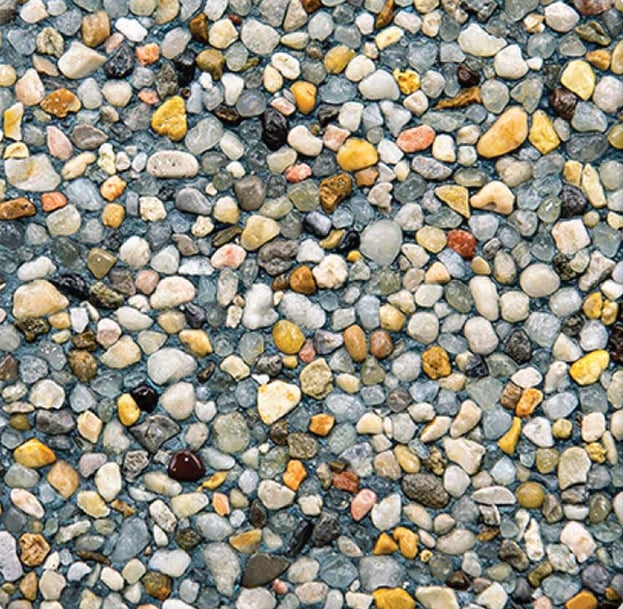 Photo Courtesy of Pebble Tec
Photo Courtesy of Pebble Tec
Another fairly expensive option, pebble aggregates need regular monitoring of the water chemistry to ensure the plaster remains in good condition.
If the plaster should wear, then the pebbles will become loose and leave “patches” on the surface of your pool.
Technically still an aggregate, but standing in a total league of its own, marble plaster finish is considered to be the top echelon of plaster finishes in our industry.
Made of marble powder mixed with cement, this aggregate will create an extremely tough and durable surface for your pool.
Those marble Greek statues are still looking pretty good, right?
You can even drain your pool and still use the same finish when it’s refilled.
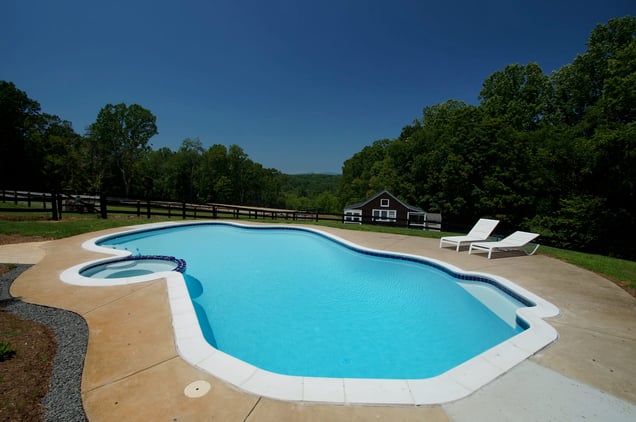 Photo Courtesy of Wet Edge
Photo Courtesy of Wet Edge
Besides the durability, marble plaster finish is cut during the installation to make it completely smooth to the touch.
The installation of this particular finish is more complicated than the standard white plaster because it requires more time and polishing to make sure that it performs at an optimal level.
Now you understand the different types of plaster finishes, their qualities, and the benefits and drawbacks of each one. With this knowledge, you are one step closer to choosing a plaster finish that would be perfect for you and your pool.
At J Designs Pool and Spa, we have certified Watershape professionals who have built hundreds of pools using different plaster types for over 14 years. Each project is as unique and varied as the materials used to create it, including the plaster finishes.
Whether you choose the traditional white plaster or the more ritzy aggregates or marble finishes, you will be giving your pool the customized beauty and strong performance that you will enjoy for years to come.
If you are ready to make a selection or would like to speak with one of our consultants, please contact us on our website and book an appointment.
If you’re still deciding between pebble or quartz and are not ready for a consultation, please click on these related articles for further information.
Epoxy Grout vs. Cement Grout: Which Is Best For Your Pool?
J Designs Pool Design Process: Getting The Look Of Your Dream Pool In Two Phases
Glass Tile Vs. Ceramic Tile: Which Is Best For Your Pool?
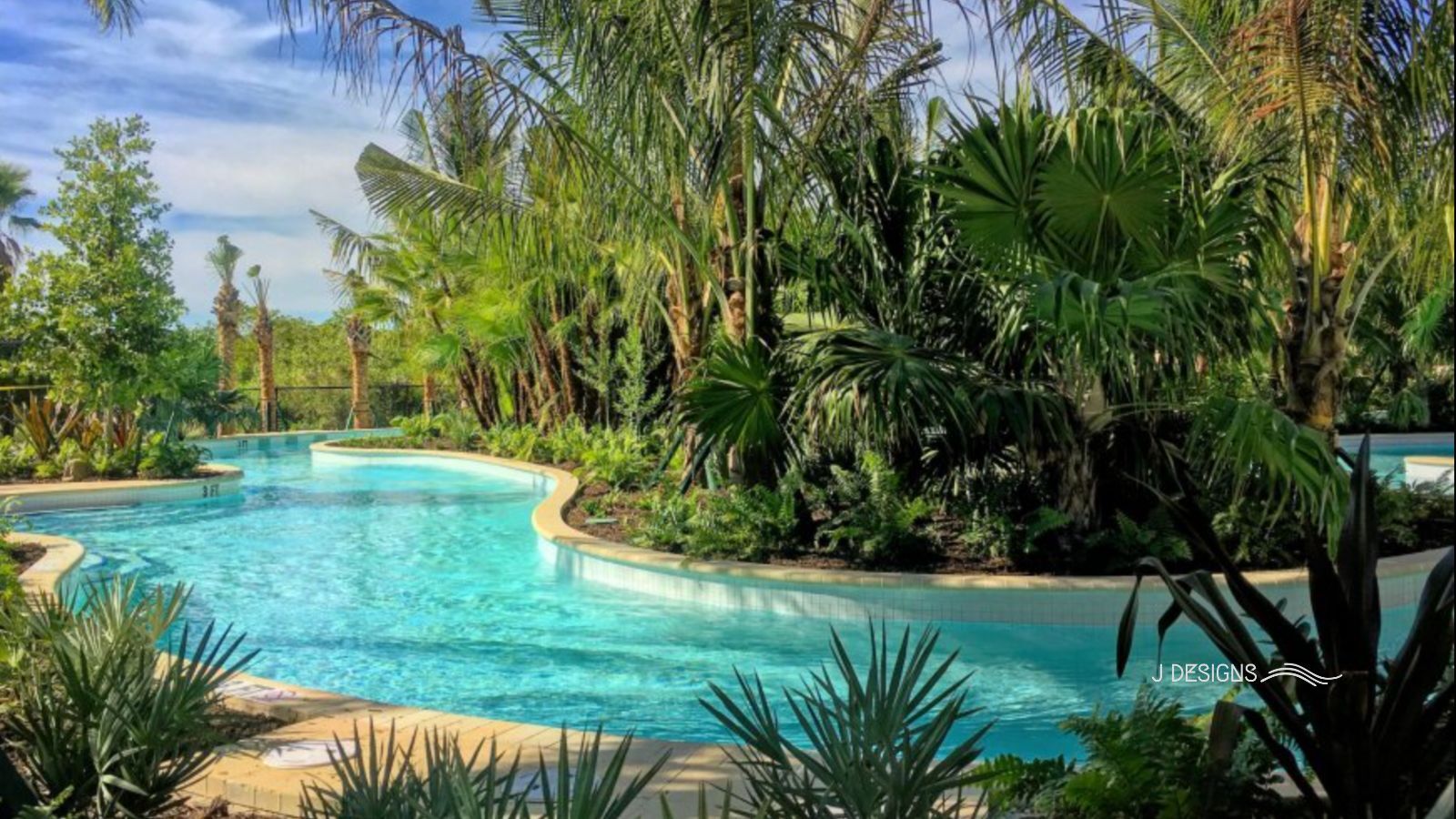
Imagine floating effortlessly through your own backyard oasis on a warm afternoon.
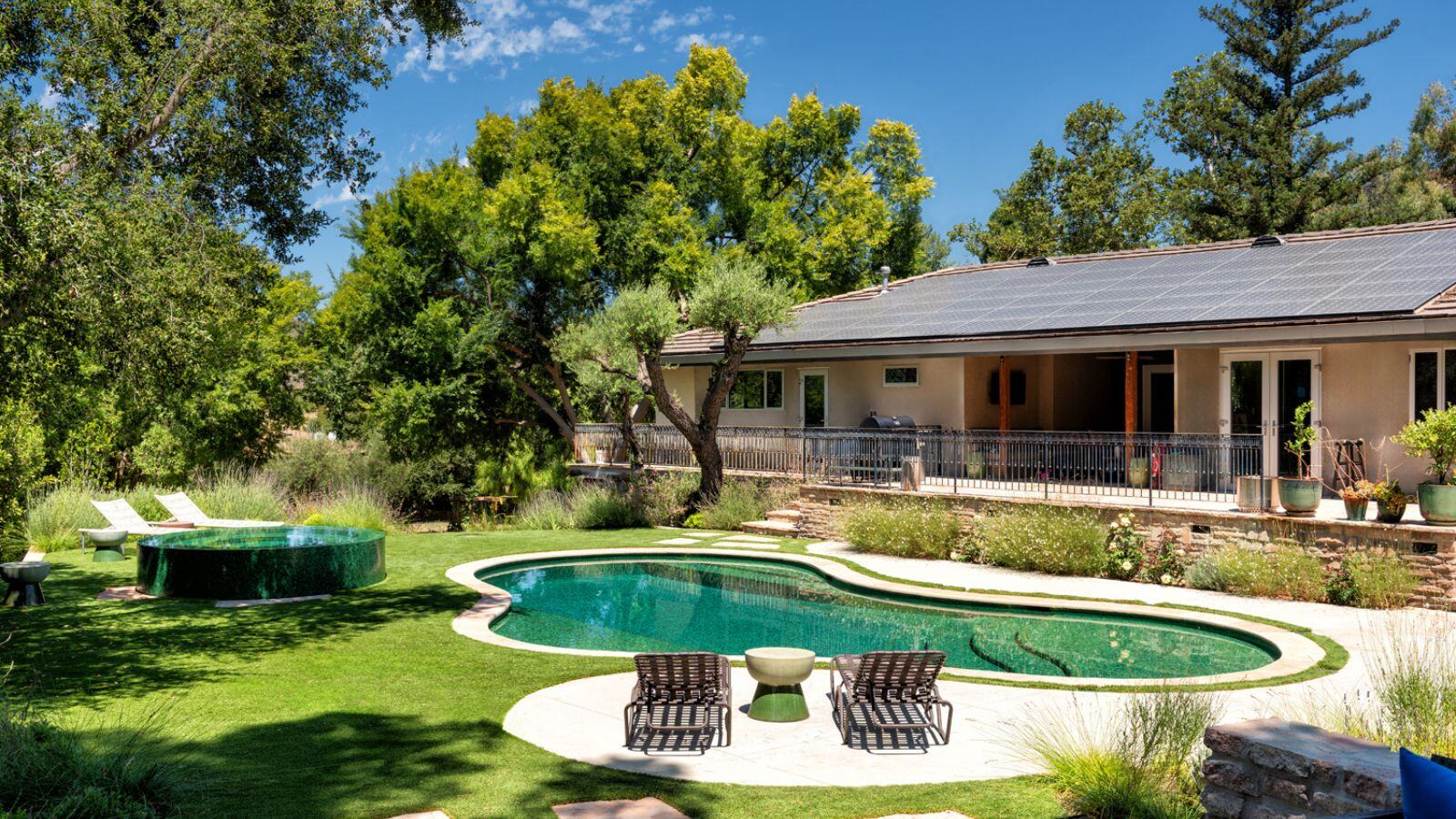
If you’re planning to build or remodel a pool in 2026, you’re not just choosing a “look”; you’re making a long-term investment in your home, your...
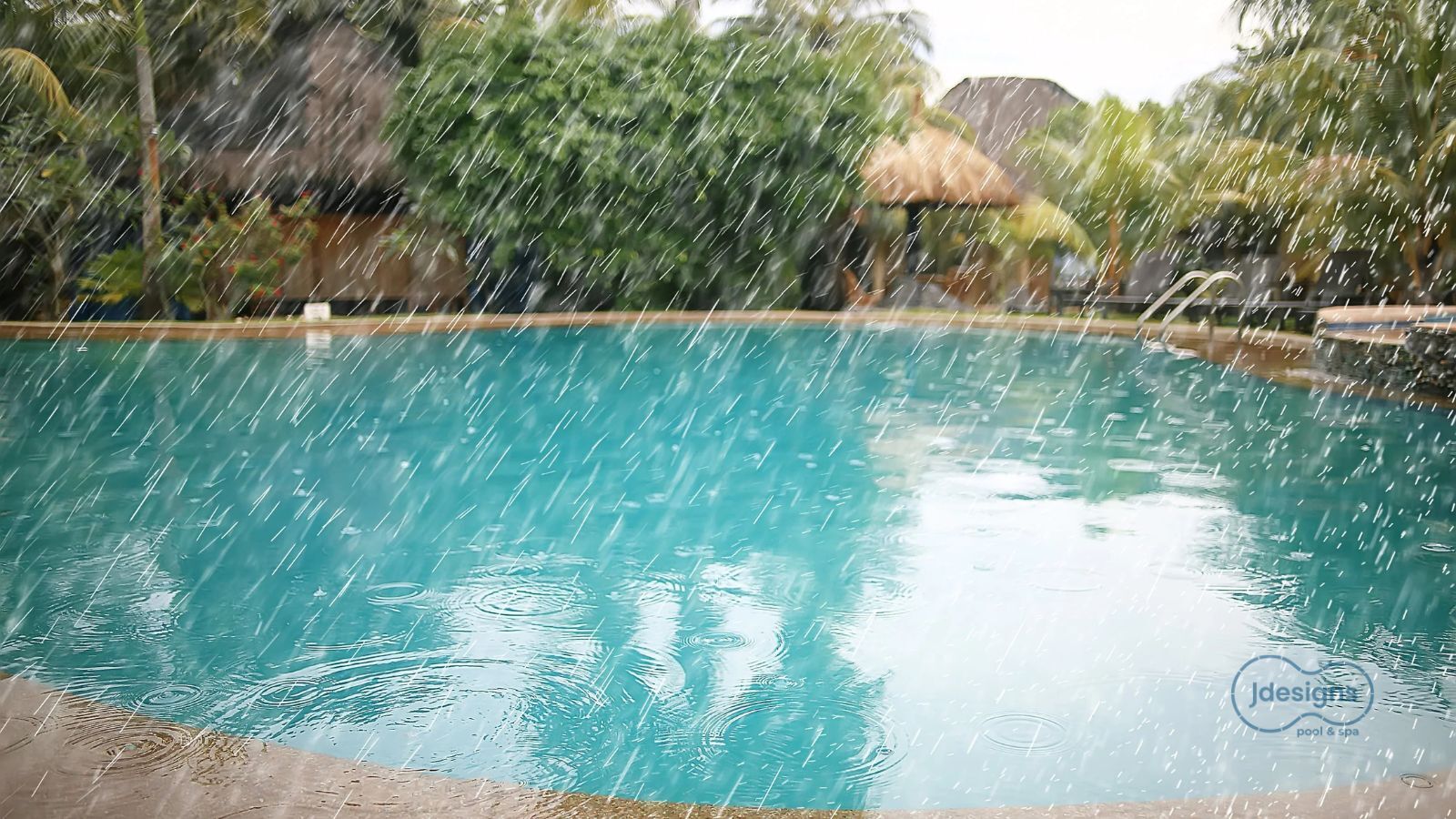
Pool Overflows After Heavy Rain and How to Lower Your Pool's Water Level